TECH TUESDAY: A tale of two front wings
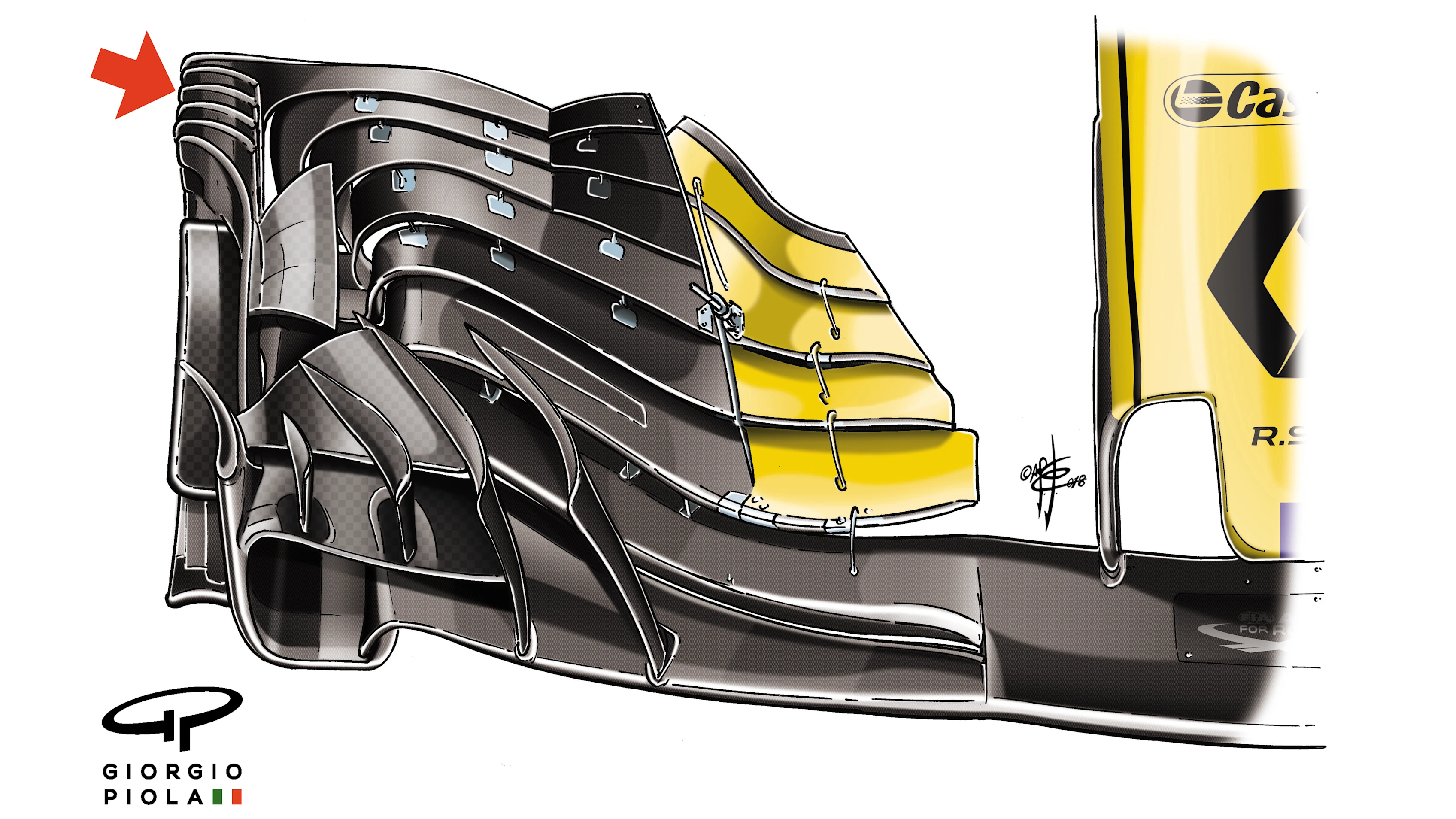
Both Renault and Williams brought new front wings to Germany. But the development direction shown by each couldn’t have been starker: while the former were focused purely on adding performance, the latter were simply looking to get back on track, as Mark Hughes and Giorgio Piola explain…
Fourth place in the constructors’ standings is indication enough that Renault have performed respectably since the start of the season. Since testing they have steadily added performance to the R.S.18, a generally vice-less car that has vied with Haas as ‘best of the rest’ after the big three teams. In the early part of the year the Renault was qualifying only marginally quicker than the identically-powered McLaren MCL33, but as the season has progressed so the Enstone team’s development programme has proven much more fruitful.
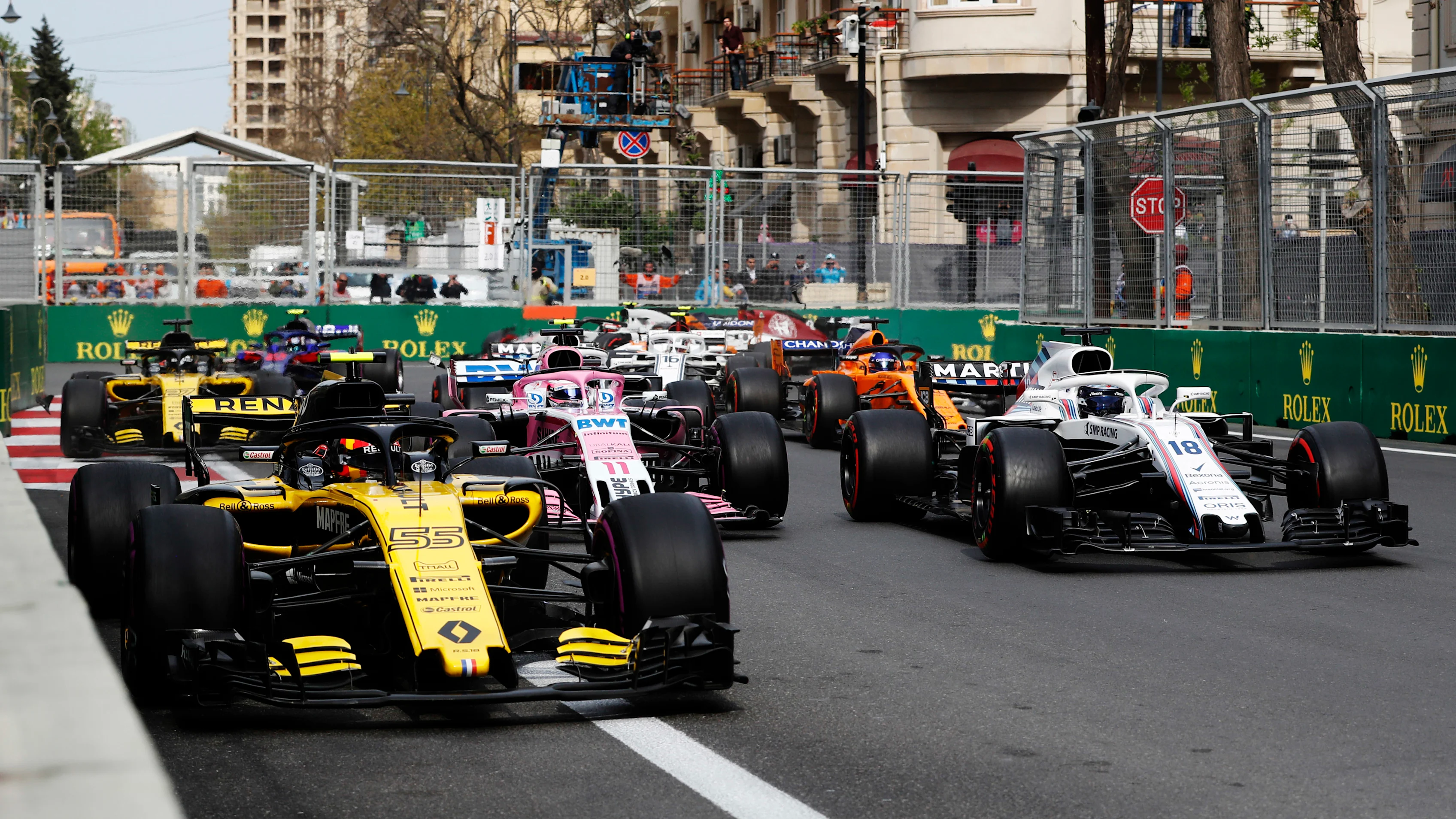
McLaren found their development stalled around an aerodynamic imbalance in medium-speed corners that wasn’t showing up in the wind tunnel. Similarly, the Williams team have struggled with a lack of correlation between tunnel and track – though the FW41’s problems were greater than the McLaren’s and it has generally found itself towards the back of the grid. Again, the problem was aerodynamic, but in this case the airflow to the underfloor from beneath the nose was not doing what was predicted in the tunnel. Consequently the floor has not been generating anything like the downforce suggested in simulation and has even been prone to stall completely.
For both McLaren and Williams therefore, the season has been not so much about development progress as trying to trace and eradicate a specific problem. This can be seen in the direction followed by both teams with their revised front wings.
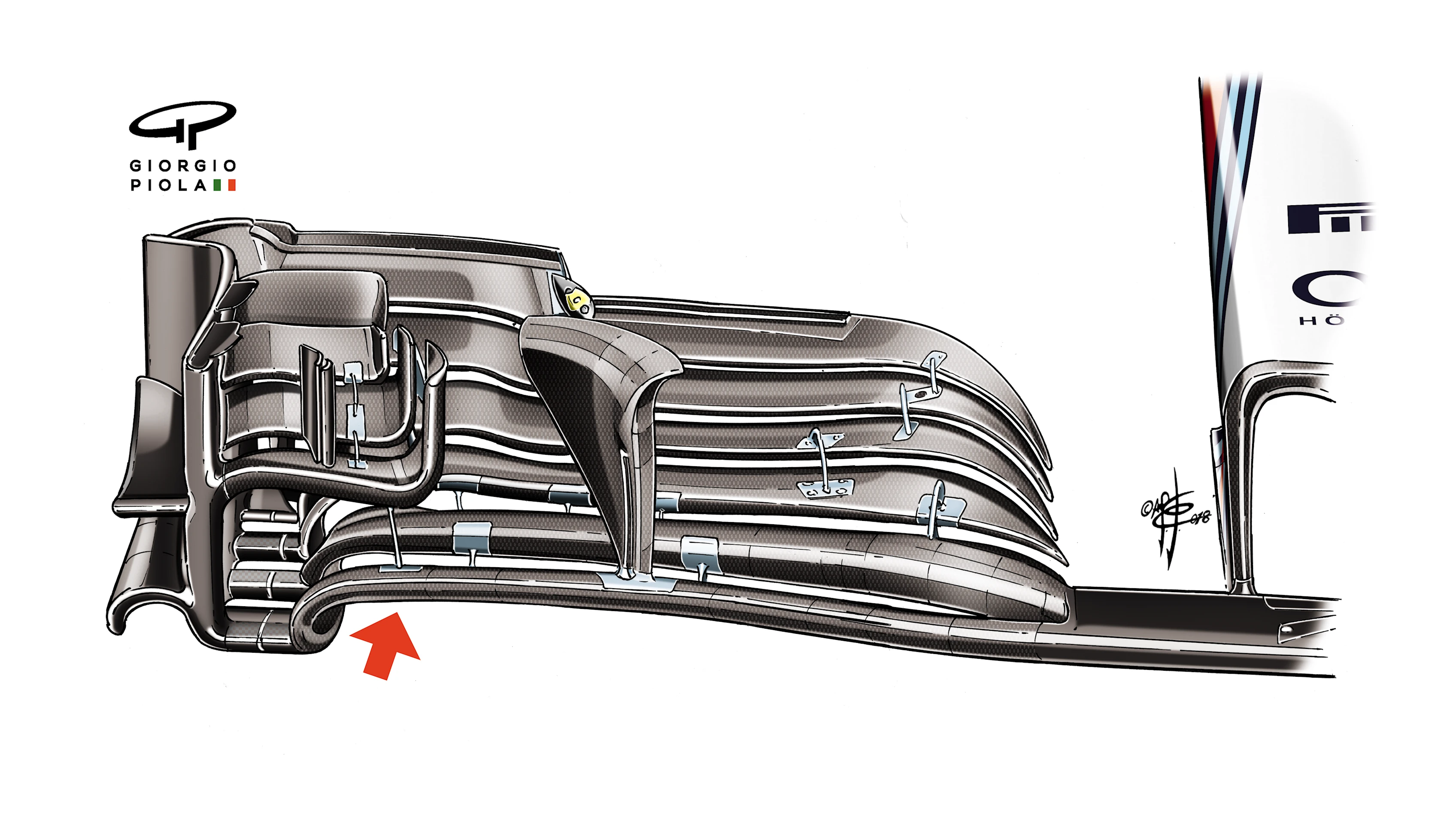
Just as with the new wing that McLaren introduced in Spain, the Williams wing that debuted at Hockenheim featured a less aggressive profile than the original. It is a less highly-profiled wing than before and, in particular, its lower edge where it transitions with the endplate (inidcated by the red arrow in the piture above) no longer has the previous swooping ‘S’-shape which would have generated a powerful vortex.
Generating vortices from the front wing to the area ahead of the sidepods helps – among other things – to separate the underfloor airflow from that travelling around the sidepods. If they are not forming in the way the models predict, it’s quite conceivable that the underfloor will be starved of decent airflow. It could be the vortices of spinning air are not forming in the appropriate place or that they are forming but then bursting, which would give a wildly inconsistent underfloor performance. All three Williams drivers have complained that they cannot predict what the car is going to do next.
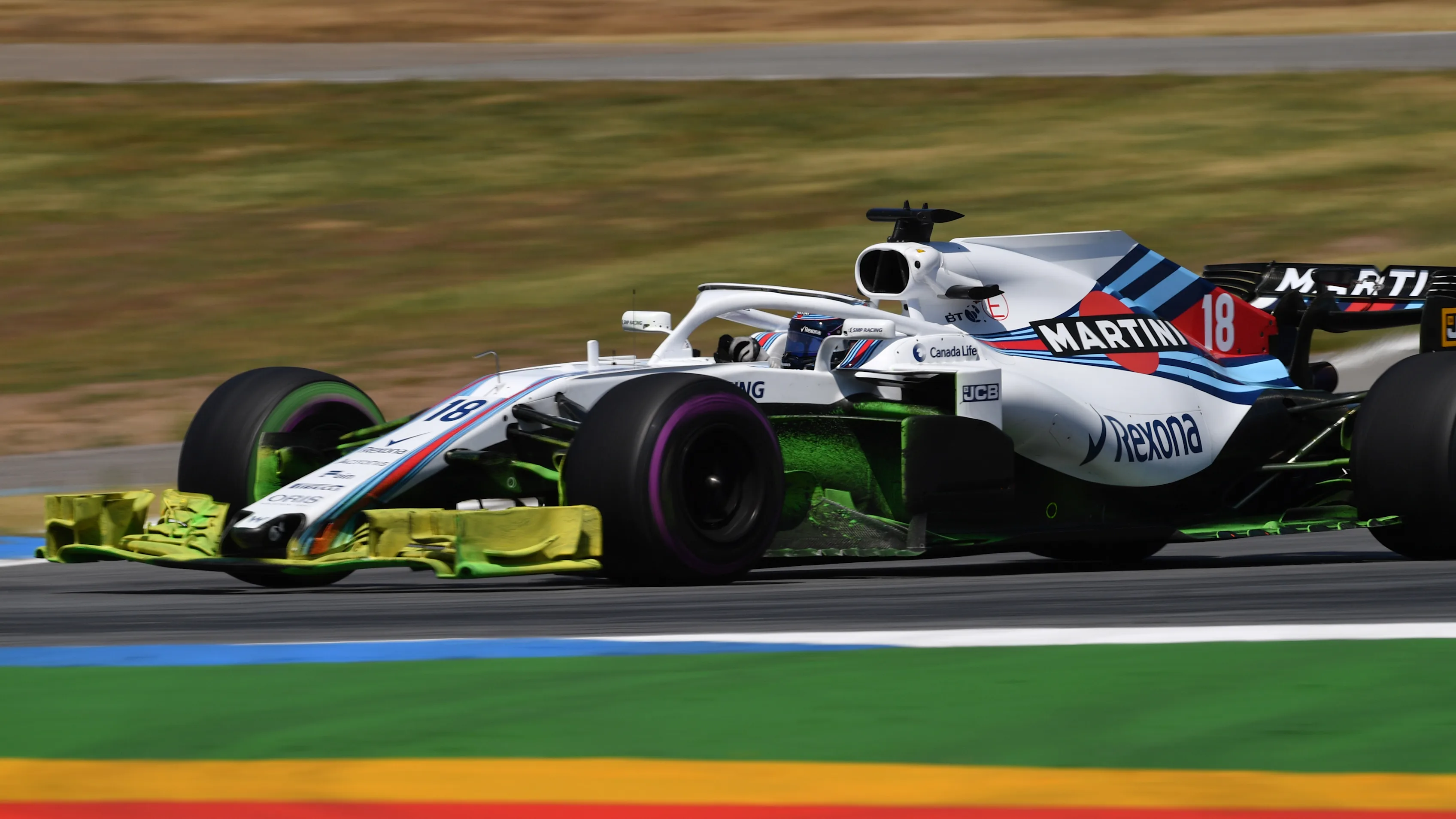
Until the correlation problem can be sorted, Williams – like McLaren did – have opted to simplify things. The potential problem vortices have been taken out of the equation by the less aggressive profiling of the wing in the hope of giving a more consistent level of downforce from the underfloor. The angle of the fence separating the main profile from the endplates has been changed and the profile made less twisted, again in the interests of consistency.
It was with a measure of relief that the team found the wing brought a definite improvement to the car at Hockenheim – to the extent that Sergey Sirotkin made it through to Q2 and qualified 12th there, within half-a-tenth of Fernando Alonso’s McLaren.

By contrast, Renault have been quite happy with their development direction and have concentrated on adding performance from a more intricate front wing. As can be seen in the drawing, it is a much more aggressively profiled and angled wing than that of the Williams, suggesting that the team are confident the vortices are forming in the intended way. The red arrow in the image above indicates where there are now four outer fins directing the flow around the tyre where previously there were three.
Compared to the previous design, less of the wing’s width is devoted to the main flaps and more to the transition between them and the endplates, which are now vastly more intricate. The main flaps are the parts that, more than any of outboard parts of the wing, do the traditional downforce generation from the wing itself. The outboard parts are more about getting the rest of the car to work well. Because the main flaps are now of narrower span, they have to work harder and hence they will be more prone to stall. For this reason, an extra element has been added that will allow them to be run at a greater flap angle before stalling.
Nico Hulkenberg ran with the new wing throughout the weekend, Carlos Sainz the old. Hulkenberg was able to win the ‘best of the rest’ competition in the race, after passing Kevin Magnussen’s Haas. With this satisfactory outcome in the bag, Renault can be expected to press on with further aggressive developments around the rest of the car...
Next Up
Related Articles
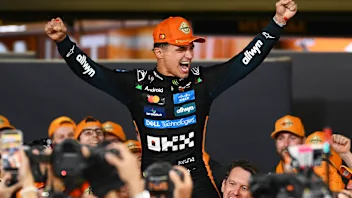 All the key stats from Norris’ title-winning season
All the key stats from Norris’ title-winning season Beyond The GridToto Wolff and Hywel Thomas on Mercedes’ 2026 prospects
Beyond The GridToto Wolff and Hywel Thomas on Mercedes’ 2026 prospects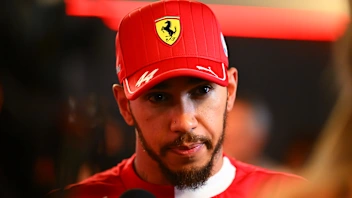 Hamilton 'doesn't have a mindset' for 2026 after tricky year
Hamilton 'doesn't have a mindset' for 2026 after tricky year/Untitled-10.webp) Bottas embarks on first day as a Cadillac driver
Bottas embarks on first day as a Cadillac driver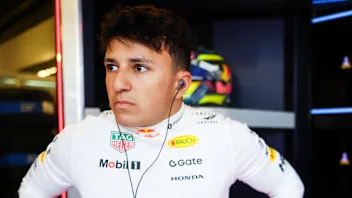 All the drivers taking part in the post-season test
All the drivers taking part in the post-season test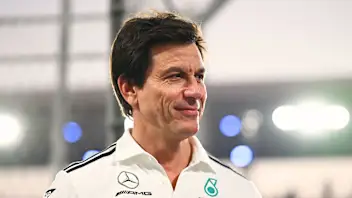 Wolff calls Abu Dhabi ‘mediocre’ but ‘pleased’ to finish P2
Wolff calls Abu Dhabi ‘mediocre’ but ‘pleased’ to finish P2